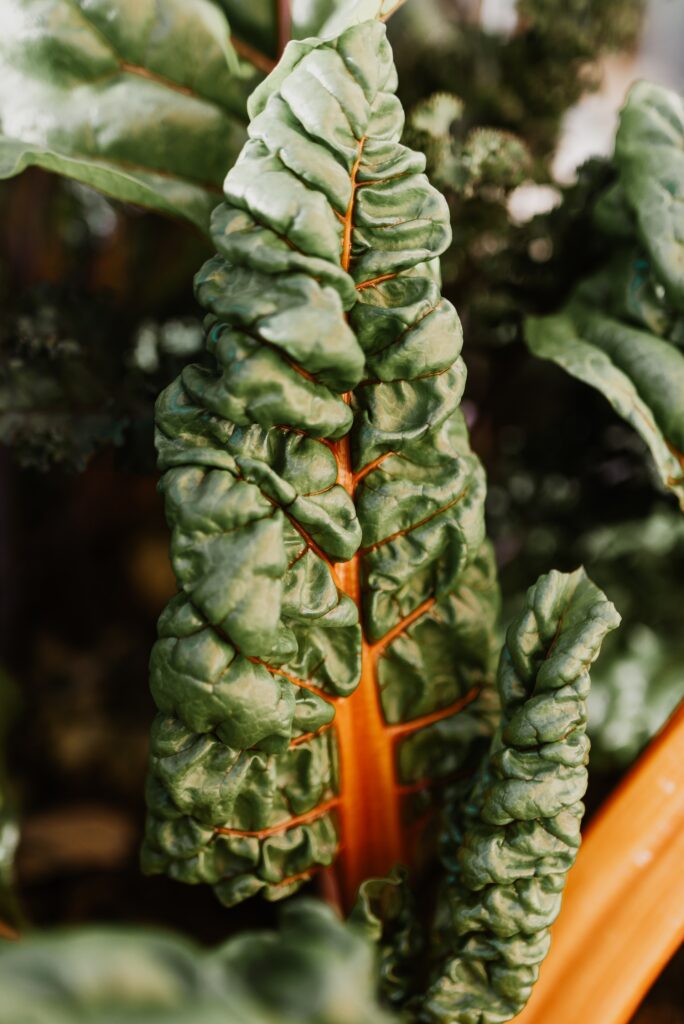Growing Vegetables from Scraps: 24 Vegetables to Try!
This post contains affiliate links including Amazon affiliate links.
Did you know that many vegetable scraps can be regrown into full-fledged plants? With today’s economy, we’re all looking for ways to save. Growing vegetables from scraps is such a fun way to stretch your grocery bill!
Growing your own vegetables is not only rewarding but also a sustainable way to ensure a fresh and healthy food supply.
I like to think of regrowing vegetables as getting an infinite amount of vegetables. You’re never going to run out of green onions again!
I’ll share 24 common vegetables that can grow from scraps, giving you the opportunity to create your own mini-garden right at home.
Growing veggies from scraps is a fun project for the kids and you too!
24 Foods That Can Be Regrown from Scraps
Below are 24 vegetables that can be regrown. No need to save the seeds and start from scratch. You only need to save the stem or the root.
- Basil: Remove a few inches of basil stems and place them in a glass of water. Roots will grow from the submerged stems, and you can replant them in soil for further growth.
- Beets: Cut off the top inch of a beetroot, ensuring some leaves remain, and place it in a glass of water. New greens will sprout from the top, and you can use them in salads or sautés.
- Bok Choy: Save the bottom inch of a bok choy head and place it in a dish of water. New leaves will grow from the center, and you can transplant them to the soil when they’ve developed.
- Cabbage: Cabbage can be regrown from the leftover stem. Cut the bottom of the stem and place it in a dish with water. Once roots and new leaves start to develop, you can transfer them to a garden bed or a large pot for further growth.
- Celery: Next time you use celery, save the bottom portion (around 2 inches) that contains the root. Place it in a shallow dish with water and wait for new stalks to appear from the center. After a week or two, you can transplant it into a pot or garden bed.
- Cilantro: Cut a few inches of cilantro stems and place them in a glass of water. Roots will grow from the submerged stems, and you can transfer them to the soil after they’ve developed.
- Daikon Radish: Cut the top inch of daikon radish and place it in a glass of water. New growth will emerge from the top, and you can enjoy the fresh radish greens in salads or stir-fries. For regrowing a whole daikon radish, you can try planting the top section in soil and watch it develop into a new radish bulb. You can make pickled daikon radish with your extra radishes!
- Fennel: Cut off the bottom inch of a fennel bulb and place it in a glass of water. New shoots will sprout from the center, and you can transfer them to the soil after they’ve developed.
- Garlic: Garlic is a versatile ingredient that I use in so many recipes. To regrow garlic, simply plant a single clove with the pointed end facing upwards in well-drained soil. Over time, the clove will grow into a full garlic bulb.
- Garlic Greens: Place a garlic clove with the root end down in a glass of water. Green shoots will sprout from the clove, and you can use them as flavorful greens in various dishes.
- Ginger: Ginger is a tropical root that can be regrown indoors. Take a piece of ginger with a bud or an “eye” and plant it in a pot with the bud facing upwards. Keep it in a warm and moist environment, and soon you’ll see fresh shoots sprouting from the soil.
- Green Onions/Scallions/Spring Onions: Save the root ends of spring onions and place them in a glass of water. Green shoots will grow, and you can continuously harvest the tops while they’re in the water.
- Iceberg Lettuce: Lettuce is one of the easiest vegetables to regrow. Simply save the bottom part of a lettuce head, around 1-2 inches, and place it in a shallow dish with a little water. After a few days, you’ll see new leaves sprouting from the center. Once they’ve grown a few inches, you can transplant them into the soil.
- Leeks: Keep the bottom inch of a leek and place it in a glass of water. New growth will appear from the center, and you can transplant it into the soil once it has grown.
- Lemon Grass: Retain the bottom inch of a lemon grass stalk and place it in a glass of water. New growth will emerge from the center, and you can plant it in soil once it has developed.
- Mint: Take a few cuttings of mint stems and place them in a glass of water. Roots will emerge from the submerged stems, and you can transplant them into the soil once they’ve grown.
- Onions: Save the bottom 1-2 inches of an onion with the root intact and place it in a glass of water. New roots will grow from the bottom, and you can use the green shoots as a mild onion flavoring.
- Potatoes: Potatoes can be regrown from potato scraps. Cut a potato into pieces, each containing at least one “eye.” Allow the cut pieces to dry for a day or two before planting them in the soil. As the potato plants grow, they will produce new potatoes that can be harvested.
- Radishes: Cut off the top inch of a radish and place it in a glass of water. The radish greens will regrow from the top, allowing you to enjoy the leafy greens while waiting for a fresh radish to develop.
- Romaine Lettuce: Save the bottom inch of a romaine lettuce head and place it in a shallow dish of water. New leaves will grow from the center, and you can transfer them to the soil once they’ve grown.
- Rosemary: Trim a few inches of rosemary stems and place them in a glass of water. Roots will form, and you can transfer them to the soil once they’ve been established.
- Sweet Potato: Insert toothpicks into the sides of a sweet potato, about halfway up from the bottom, and suspend it in a glass of water. Roots will grow from the bottom, and eventually, leafy vines will emerge from the top. You can plant it in the soil to grow more sweet potatoes.
- Swiss Chard: Cut off the bottom inch of a Swiss chard bunch and place it in a glass of water. New growth will emerge from the center, and you can transplant it into the soil for further development.
- Turnip Greens: Save the top inch of a turnip bulb with some leaves intact and place it in a glass of water. New growth will appear from the top, and you can use the greens in cooking.
Remember to change the water regularly to keep all of your regrown vegetables fresh and ensure successful growth.
I hope you enjoy growing some easy vegetables and saving some money! Have a little patience and in a few weeks most of them will grow.
More Kitchen Money Saving Tips
- How to Stretch Your Grocery Budget
- How to Pick the Perfect Avocado & Ripen it in 24 hrs!
- How to Save Money on Your Groceries
- Canned Vegetable Recipe Ideas
- Learn How to Make Any Nut Butter
DISCLOSURE: Not intended for the treatment or prevention of disease, nor as a substitute for medical treatment, nor as an alternative to medical advice. Use of recommendations is at the choice and risk of the reader. Ditch the Wheat is a participant in the Amazon Services LLC Associates Program. As an Amazon Associate I earn from qualifying purchases. I may receive monetary compensation or other types of remuneration for my endorsement, recommendation, testimonial and/or link to any products or services from this blog. I only endorse products that I believe in.
Carol Lovett is the founder of Ditch the Wheat and a Globe and Mail bestselling author of the cookbook, Ditch the Wheat. She has been eating gluten free since 2010. She loves all things food, natural living, and spiritual. She's also a reiki master and crystal healer.
Gluten Free Resources
Do you need help with gluten free meals?
I recommend this meal-planning app. It makes cooking gluten free dinners extremely easy and family-friendly.
What gluten free snacks can I eat?
Lots! I have a ton of practical gluten free snack recipes in my cookbook.
How can I eat dessert on a gluten free diet?
You can 100% eat dessert while eating gluten free. Try my dessert cookbook for easy gluten free dessert recipes.
How do I know what is gluten free and what isn’t?
I have a whole section is it gluten free?
How do I make substitutions?
If you need substitution advice I created a ton of resources here.
















